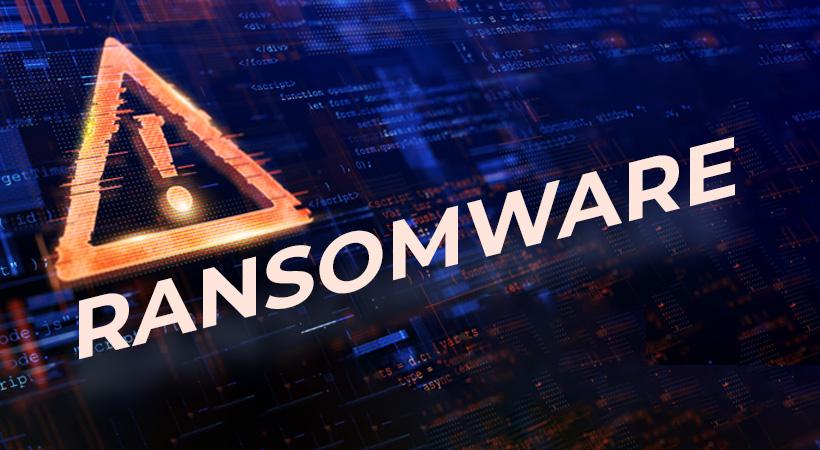In the vast landscape of cyber threats, ransomware stands out as one of the most insidious and damaging forms of malware. Among these, Synapse ransomware has emerged as a formidable adversary, wreaking havoc on unsuspecting users and organizations worldwide. With its ability to encrypt files and hold them hostage until a ransom is paid, Synapse poses a significant risk to data integrity and financial security. In this article, we delve into the intricacies of Synapse ransomware, its modus operandi, potential consequences, detection methods, and most importantly, strategies for removal and prevention.
Understanding Synapse Ransomware
Synapse ransomware operates on a simple yet devastating premise: infiltrate a system, encrypt valuable files, and demand payment for their release. Upon infection, Synapse swiftly encrypts files, appending a “.Synapse” extension to each, effectively rendering them inaccessible to the victim. Original filenames are replaced with random character strings, adding a layer of obfuscation to the encryption process. To further exacerbate the situation, a ransom note is dropped, typically named “[random_string].README.txt,” outlining the terms of decryption and payment.
The ramifications of a Synapse ransomware infection are dire. Victims find themselves unable to access crucial files, whether they be personal documents, business records, or irreplaceable media. The ransom demand adds insult to injury, coercing individuals and organizations into a precarious situation where payment may be the only perceived solution. However, succumbing to the demands of cybercriminals not only fuels their illicit activities but also offers no guarantee of file recovery.
Synapse ransomware, like its counterparts in the ransomware landscape, is a constantly evolving threat. Detection names such as Avast’s “Win32:MalwareX-gen [Trj],” ESET-NOD32’s “A Variant Of Win32/Agent_AGen.DGH,” and Kaspersky’s “Trojan-Ransom.Win32.Crypmodng.bho” highlight the diverse array of antivirus solutions combating this menace. Furthermore, ransomware variants like Uazq, Uajs, Kaaa, and SchrodingerCat underscore the pervasive nature of ransomware and the need for robust cybersecurity measures.
Removal Guide
Removing Synapse ransomware from an infected system is paramount to mitigate further damage. While removal alone will not restore encrypted files, it prevents the ransomware from causing additional harm. Here’s a comprehensive guide to removing Synapse ransomware:
- Isolate Infected System: Disconnect the infected system from any network connections to prevent the spread of the ransomware to other devices.
- Enter Safe Mode: Restart the infected computer and enter Safe Mode to minimize the ransomware’s ability to execute.
- Identify Malicious Processes: Use Task Manager (Ctrl + Shift + Esc) to identify and terminate any suspicious processes associated with Synapse ransomware.
- Delete Malicious Files: Navigate to the directories where Synapse ransomware is known to reside and delete all related files and folders.
- Registry Cleanup: Use the Registry Editor (regedit) to remove any ransomware-related entries from the Windows registry.
- Restore System: If possible, restore the infected system to a previous state using System Restore or a backup made before the ransomware infection.
Prevention Strategies
Preventing future infections requires a proactive approach to cybersecurity. Here are some best practices to safeguard against ransomware and similar threats:
- Educate Users: Train users to recognize phishing attempts, suspicious email attachments, and other common vectors for ransomware distribution.
- Update Software: Keep operating systems, applications, and antivirus programs updated to patch known vulnerabilities.
- Backup Data: Regularly back up important files to an external storage device or cloud service. Ensure backups are stored securely and offline to prevent encryption by ransomware.
- Implement Security Solutions: Deploy robust antivirus and antimalware solutions with real-time scanning and behavior monitoring capabilities.
- Restrict User Privileges: Limit user permissions to only what is necessary to perform their job functions, reducing the likelihood of ransomware spreading across the network.
Conclusion
Synapse ransomware exemplifies the ever-present threat of ransomware in today’s digital landscape. Its ability to encrypt files and extort payment underscores the importance of cybersecurity vigilance. By understanding the mechanisms of Synapse ransomware, implementing effective removal strategies, and adopting preventative measures, individuals and organizations can fortify their defenses against this pervasive cyber threat.





